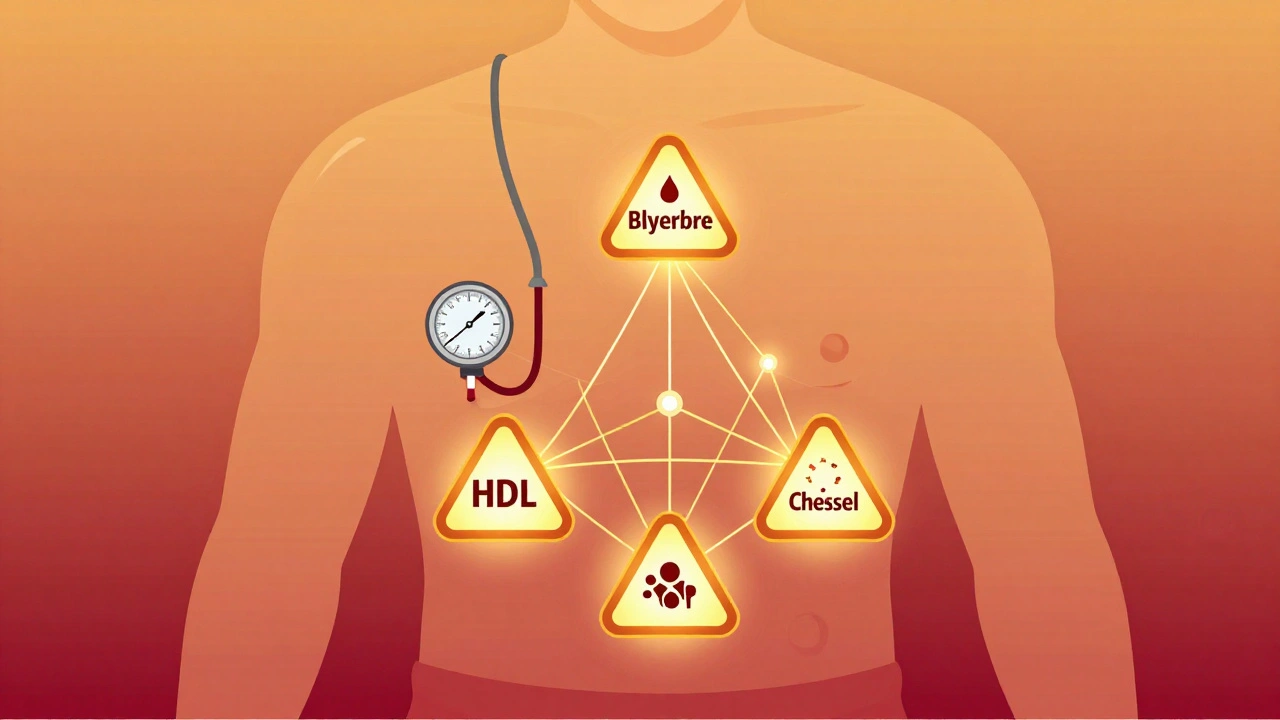Cancer Therapy: Practical Guide to Treatment Options
Cancer therapy now covers many approaches — surgery, chemotherapy, radiation, targeted drugs, and immunotherapy. Each aims to remove or control cancer, but they work very differently. Knowing what each option does and what to expect helps you make smarter choices with your care team.
How common therapies work
Surgery removes tumors and is often the first step when the cancer is localized. It can be curative for early-stage disease or used to reduce symptoms if cure isn’t possible. Ask your surgeon about recovery time, possible side effects, and whether follow-up treatments are planned.
Chemotherapy uses drugs that kill fast-growing cells. It can be given before surgery to shrink a tumor, after surgery to lower recurrence risk, or as the main treatment when cancer has spread. Side effects like hair loss, nausea, and low blood counts are common, but modern anti-nausea meds and dose adjustments help a lot.
Radiation targets cancer with high-energy beams. It’s precise and often used after surgery or instead of surgery for some cancers. Expect fatigue and local skin changes; your radiation team can explain how side effects are managed and what to watch for.
Targeted therapy attacks specific molecules inside cancer cells. If your tumor has a known mutation (for example, HER2 in some breast cancers), targeted drugs can be very effective and often cause different side effects than chemo. Your oncologist should test the tumor to see if a targeted drug fits.
Immunotherapy boosts your immune system to fight cancer. Checkpoint inhibitors, for example, can lead to long-lasting responses in cancers like melanoma and some lung cancers. Immune-related side effects can affect organs like the thyroid, lungs, or colon, so quick reporting of symptoms matters.
Practical tips for patients and caregivers
Ask focused questions: What is the goal — cure, control, or symptom relief? Why this treatment now? What are the main risks and how are side effects managed? Who coordinates my care between surgery, medical oncology, and radiation?
Get a second opinion if you feel unsure. Cancer decisions are big; another specialist can confirm the plan or offer alternatives like clinical trials. Trials can provide access to new drugs when standard options are limited — ask your team if any fit your tumor type and stage.
Supportive care matters. Pain control, nutrition advice, physical therapy, and mental health support improve quality of life and can help you stay on treatment. Keep a symptom diary and share it with your team so side effects are treated early.
Finally, focus on small, actionable steps: keep appointments, bring a list of medications, bring a friend to visits, and write down questions ahead of time. Treatment is easier when you know the goals and feel heard by your care team.






